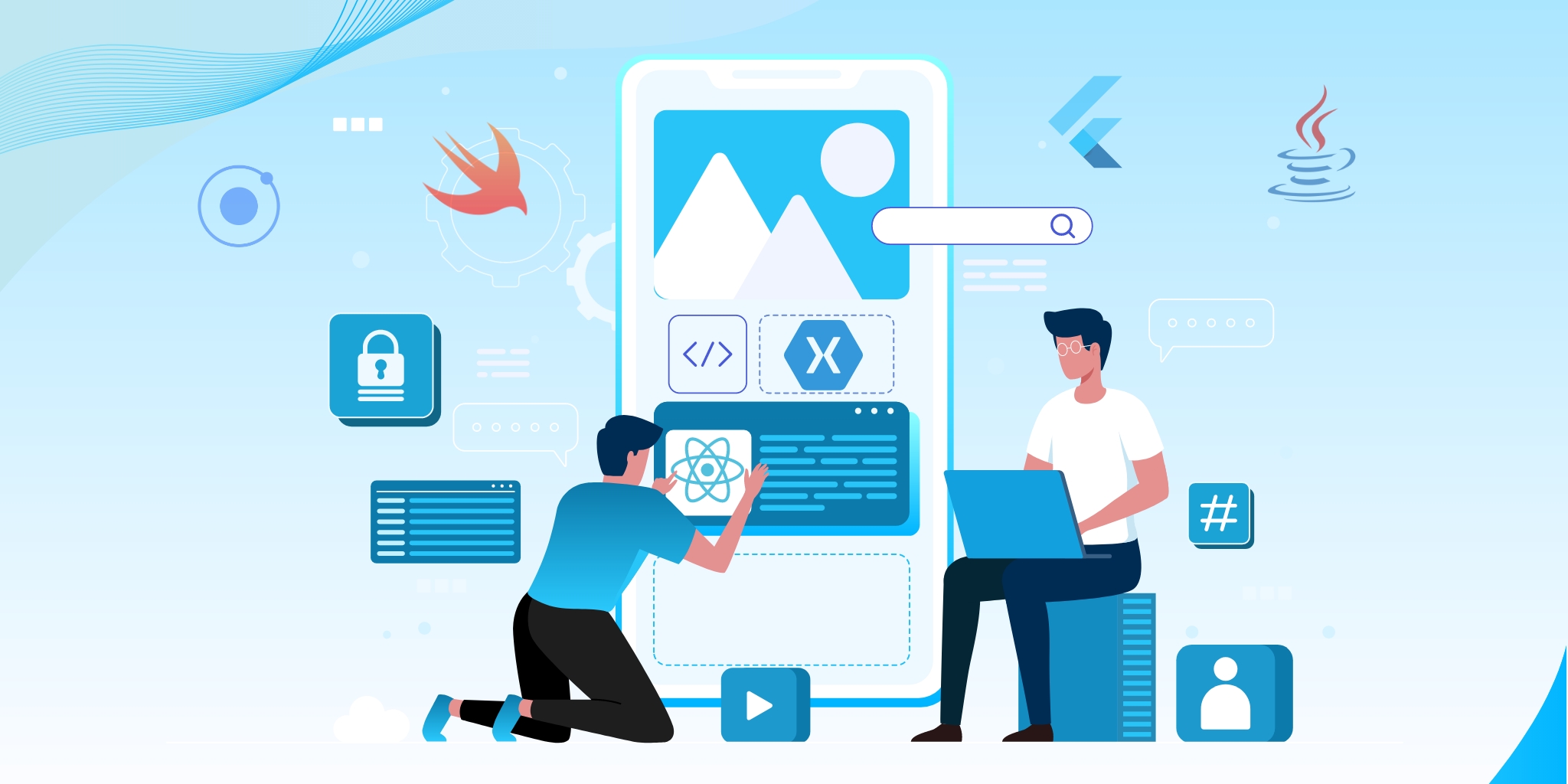Artificial Intelligence (AI) is transforming every industry, and mobile app development is no exception. With advancements in AI, developers can now build smarter, more intuitive, and personalized apps. Integrating AI into your mobile app not only improves user experience but also helps you stay ahead in the competitive market. In this article, we’ll explore how you can integrate AI into your mobile app in 2025 and leverage the latest technologies to create innovative and engaging experiences for your users.
Whether you are a developer, a business owner, or part of a mobile app development company in Canada, understanding the basics of AI integration and the tools available will give you a significant edge in the market.
Why Integrate AI into Your Mobile App?
Before diving into the technical aspects, it’s important to understand why integrating AI is beneficial for your mobile app. Here are a few compelling reasons:
1. Enhanced User Experience
AI enables personalization, allowing apps to offer tailored experiences based on user behavior and preferences. By analyzing data in real time, AI can provide relevant suggestions, content, and features that keep users engaged.
2. Automation of Tasks
AI helps automate repetitive tasks like image recognition, text analysis, and even voice commands, making apps more efficient. Automation also helps improve the speed and reliability of your app.
3. Improved Decision-Making
With AI-powered analytics, apps can process large amounts of data and generate actionable insights. This helps businesses make informed decisions, track user behavior, and optimize performance.
4. Increased User Retention
By integrating AI into your app, you can deliver a more personalized and seamless experience, which in turn improves user retention. Predictive features like recommendations, content curation, and tailored notifications increase engagement.
5. Competitive Advantage
As more companies embrace AI, apps that fail to integrate AI run the risk of falling behind. Using AI can be the key to differentiating your app and staying competitive in a crowded market.
AI Technologies and Tools for Mobile App Integration
In 2025, various AI technologies are available for integrating into mobile apps. Each offers unique advantages depending on the app’s needs. Let’s look at the most common AI technologies and tools.
1. Machine Learning (ML)
Machine Learning is one of the core AI technologies that powers mobile apps to learn from data and improve over time. Mobile apps can leverage ML for predictive analytics, anomaly detection, and even automated content recommendations.
Popular ML Tools:
- TensorFlow Lite: A lightweight version of Google’s TensorFlow designed for mobile devices. It’s an open-source library that enables developers to implement machine learning models on Android and iOS.
- Core ML: Apple’s machine learning framework that supports on-device processing. It’s ideal for iOS apps to implement ML functionalities such as image classification, speech recognition, and sentiment analysis.
- ML Kit by Firebase: A powerful tool for both Android and iOS apps that offers ready-made APIs for text recognition, face detection, and language translation.
2. Natural Language Processing (NLP)
NLP is a branch of AI that helps machines understand, interpret, and generate human language. It can be used to enhance mobile apps with features like voice assistants, chatbots, and language translation.
Popular NLP Tools:
- Dialogflow: A tool by Google for building conversational interfaces. It allows developers to create chatbots and voice assistants with NLP capabilities.
- Speech SDK by Microsoft: This SDK offers automatic speech recognition and text-to-speech capabilities, making it easier to integrate voice commands into mobile apps.
- Amazon Lex: A service that enables the building of conversational agents with both voice and text chat.
3. Computer Vision
Computer Vision allows apps to interpret visual information from the real world and make intelligent decisions based on it. This technology can be used for image recognition, augmented reality (AR), object detection, and even facial recognition.
Popular Computer Vision Tools:
- OpenCV: A popular open-source library used for image processing, face detection, and computer vision tasks.
- Google Vision AI: Offers powerful image recognition capabilities, including label detection, object detection, and text recognition.
- Face++: A popular platform for facial recognition and analysis.
4. Predictive Analytics
Predictive analytics helps apps make data-driven decisions by analyzing patterns and trends in user behavior. Using AI to predict future actions helps improve recommendations, content delivery, and targeted notifications.
Popular Predictive Analytics Tools:
- DataRobot: A machine learning platform that helps developers build predictive models for mobile apps.
- RapidMiner: A tool that supports data mining and machine learning, helping app developers analyze data to predict user behavior and preferences.
5. Reinforcement Learning (RL)
Reinforcement Learning is a more advanced AI technique where the system learns by interacting with its environment and getting feedback. It’s particularly useful for developing recommendation engines, adaptive interfaces, and dynamic content adjustment.
Steps to Integrate AI into Your Mobile App
Now that you’re familiar with the AI technologies and tools available, let’s dive into the step-by-step process of integrating AI into your mobile app.
1. Identify the Problem You Want to Solve with AI
Before integrating AI into your app, it’s important to identify the specific problem you’re trying to solve. Whether it’s improving user engagement, automating repetitive tasks, or personalizing content, the first step is to have a clear goal in mind.
For example:
- If you want to improve user engagement, AI-powered recommendations based on user preferences can be implemented.
- If you want to offer voice-based interactions, integrating NLP and speech recognition would be ideal.
2. Choose the Right AI Technology
Based on your app’s goals, choose the appropriate AI technology. Here’s how to approach it:
- For personalized recommendations: Use Machine Learning or Predictive Analytics.
- For conversational interfaces: Use NLP tools like Dialogflow or Amazon Lex.
- For image or object recognition: Use Computer Vision tools like Google Vision AI or OpenCV.
- For real-time decision-making: Consider Reinforcement Learning or ML models.
3. Use AI Development Frameworks and APIs
To simplify the integration process, use AI frameworks and APIs. Most of the major platforms (Google, Apple, Amazon, and Microsoft) offer pre-built models and APIs for integration. This way, you don’t need to build complex AI models from scratch.
For instance:
- If you are developing an iOS app, you can use Core ML to integrate machine learning functionalities.
- If you are building an Android app, you can use TensorFlow Lite or Firebase ML Kit for easy AI integration.
4. Train the AI Model
If you are not using pre-built models, you will need to train an AI model. This involves feeding the system data and allowing it to learn from it. You can use AI platforms like Google Cloud AI, Azure Machine Learning, or AWS SageMaker to train and deploy your models.
- For machine learning: Use datasets relevant to your app’s function (e.g., user behavior, preferences, images).
- For NLP: Train the system with text data (e.g., user queries, chatbot conversations).
5. Test AI Features
Once the AI features are integrated, rigorous testing is essential to ensure they perform as expected. Test for accuracy, efficiency, and real-world performance. This is especially important for machine learning models, which may require fine-tuning and retraining based on feedback.
6. Optimize and Improve the AI Model
AI is not a one-time implementation. It needs continuous improvement. Regularly monitor the app’s performance, gather user feedback, and retrain your models with updated data. This will ensure your app remains relevant and continues to deliver optimal results.
Key Challenges in AI Integration
While AI offers immense potential, integrating it into your mobile app can come with challenges, including:
- Data Privacy Concerns: AI relies on data to function effectively. Be sure to comply with regulations such as GDPR and CCPA, ensuring that user data is handled securely.
- Resource Intensive: AI models can be resource-heavy, requiring substantial computing power and storage. Mobile devices may not always have the necessary resources for complex models.
- Complexity of Development: AI integration requires specialized knowledge in machine learning, data science, and app development. This may necessitate hiring expert developers or working with a mobile app development company in Canada that specializes in AI solutions.
Conclusion
Integrating AI into your mobile app in 2025 can take your app to the next level by enhancing user experience, automating tasks, and providing personalized features. Whether you’re looking to integrate AI for recommendation engines, natural language processing, computer vision, or predictive analytics, the right tools and technologies will enable you to build smarter apps.
By collaborating with a top mobile app development company in Canada, such as Devherds, you can leverage AI to deliver innovative, efficient, and engaging experiences for your users. With the right approach and continuous improvements, your mobile app will stand out in the competitive market of 2025 and beyond.
If you’re ready to get started with AI integration, Devherds is here to help you build the future of mobile app development with AI-powered solutions.



